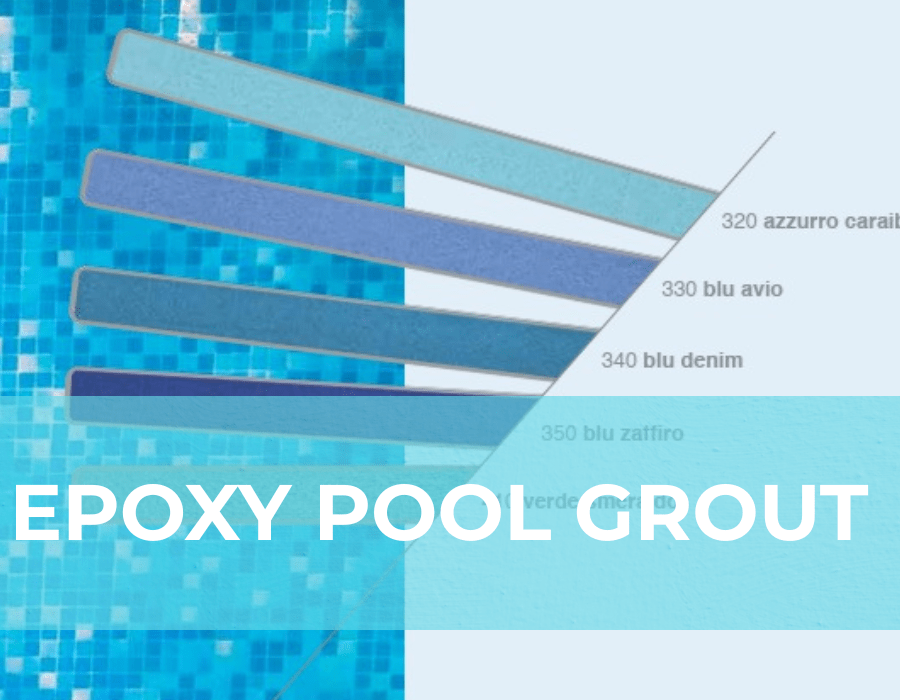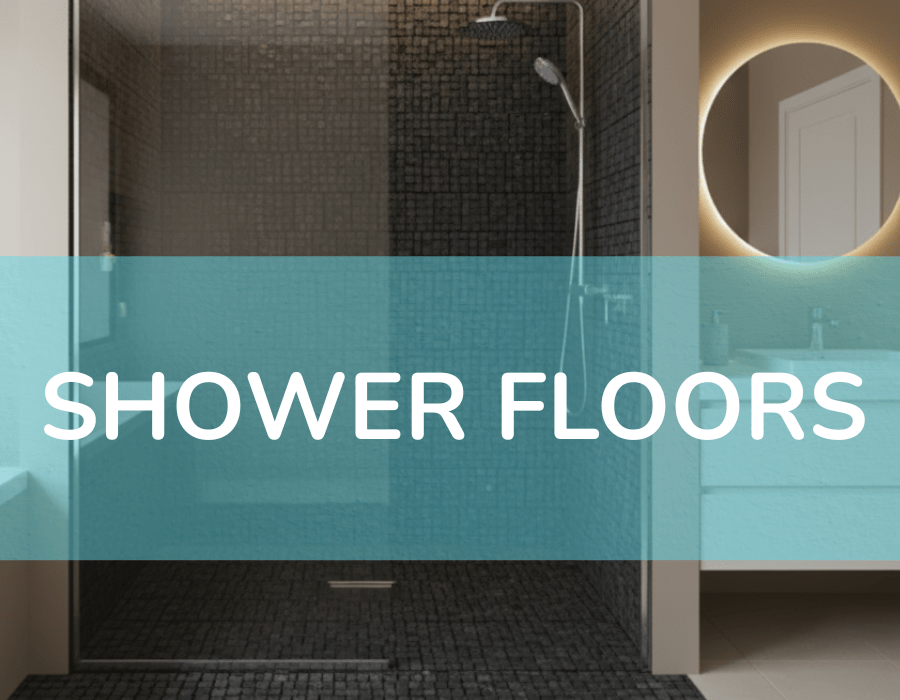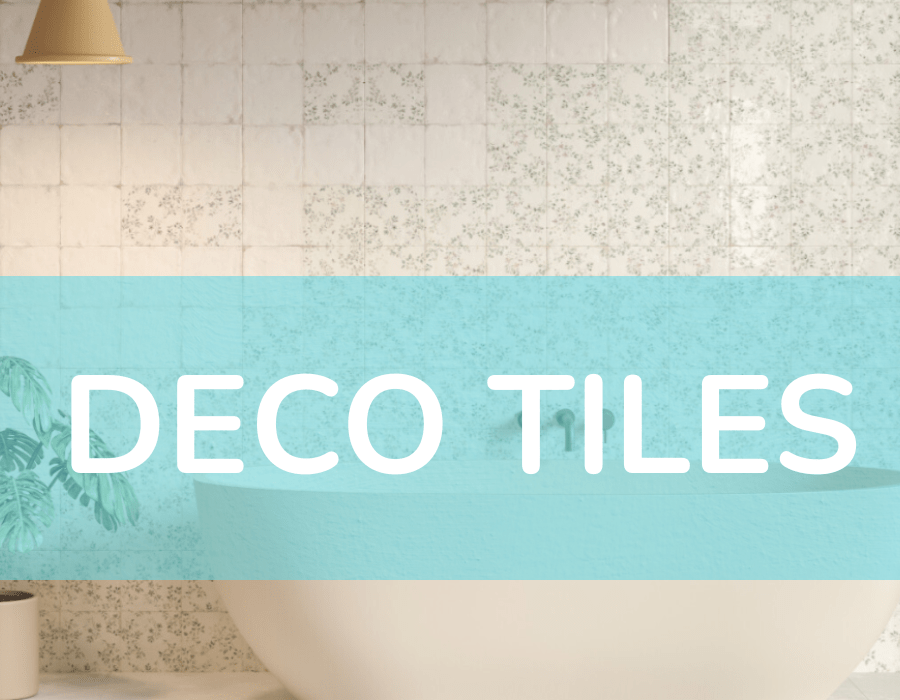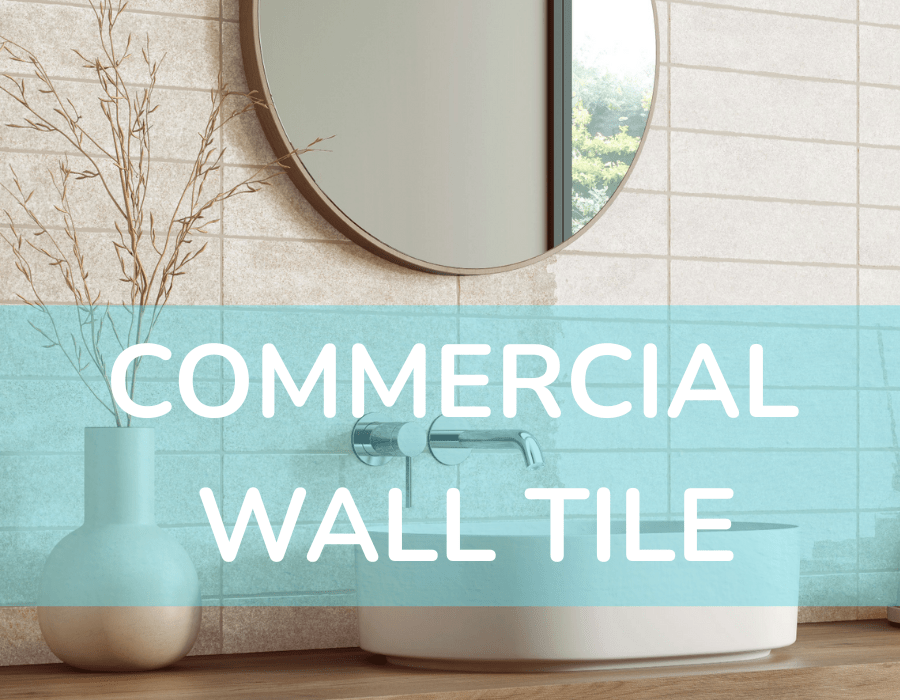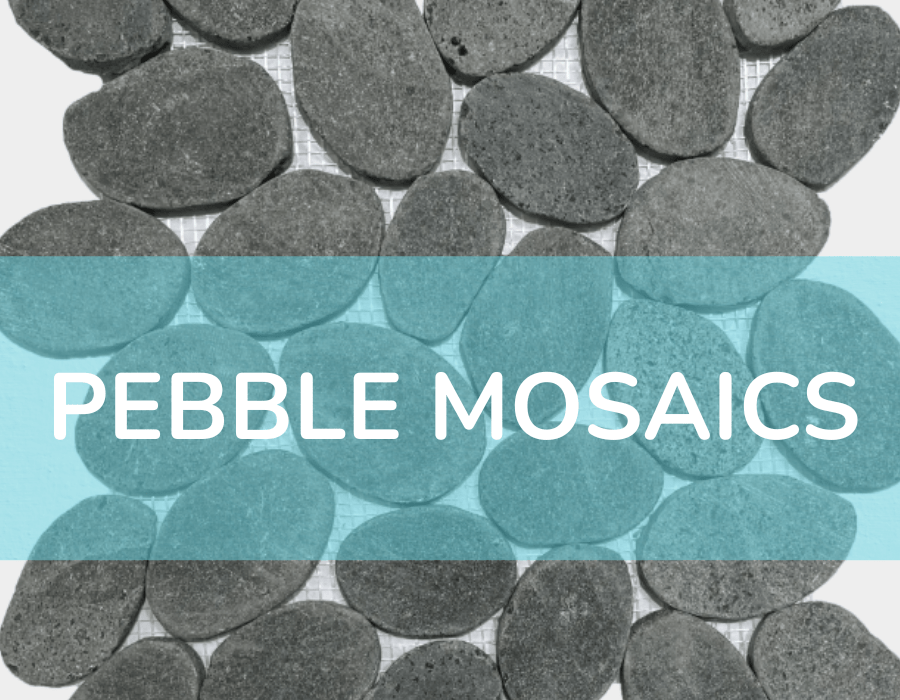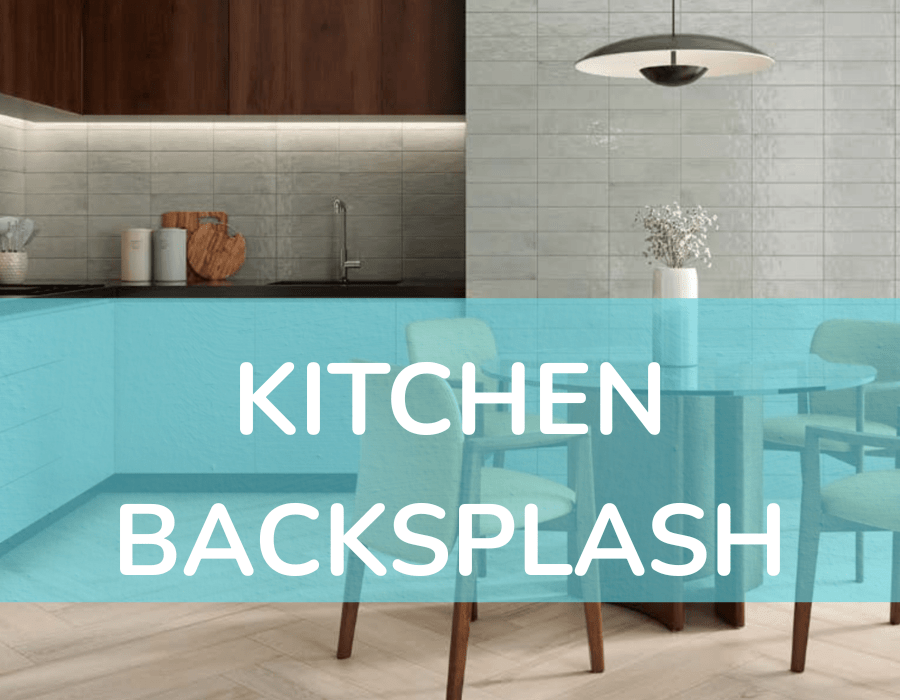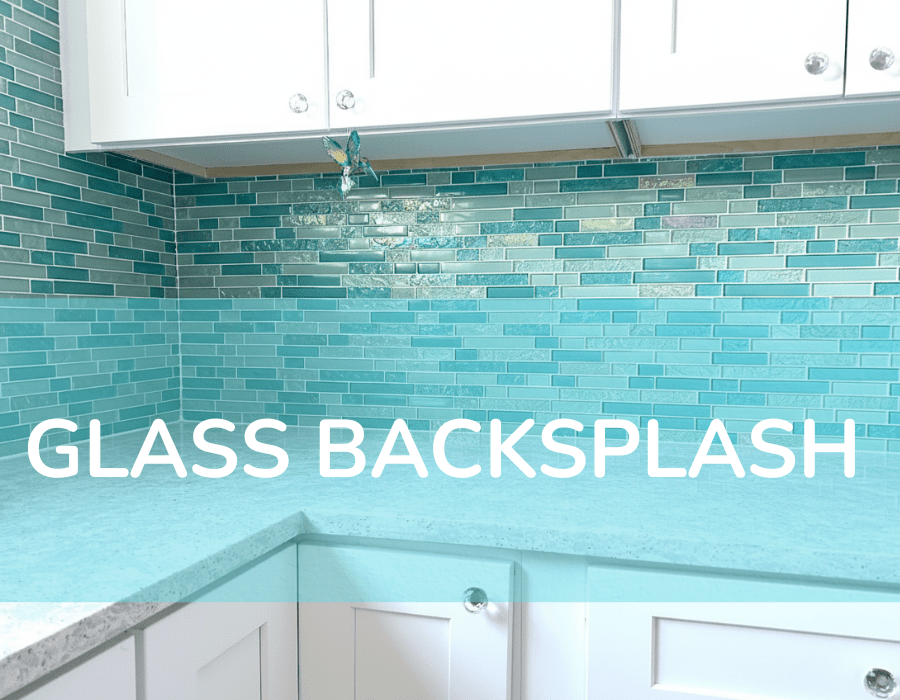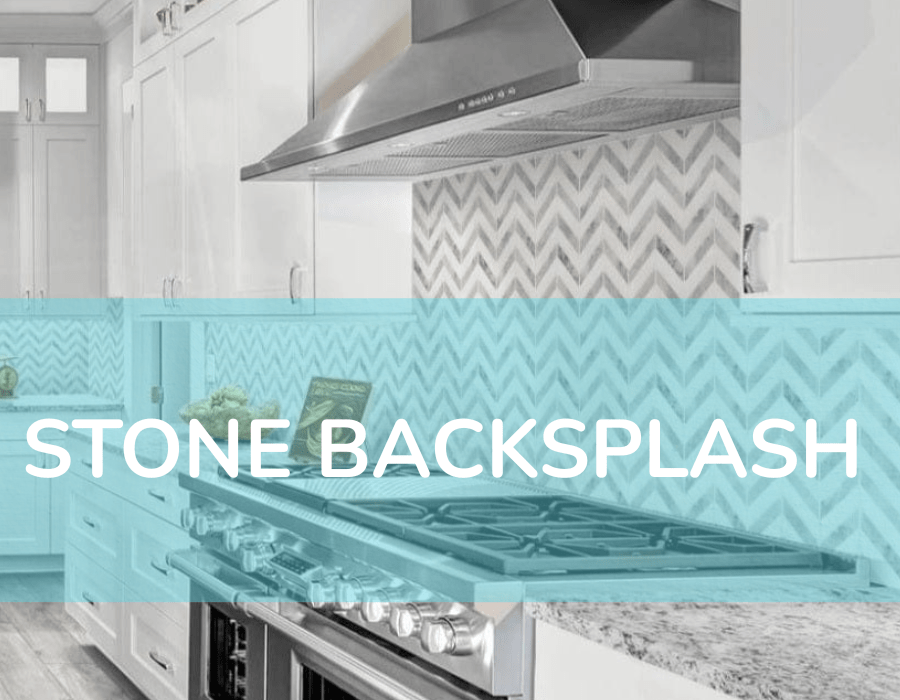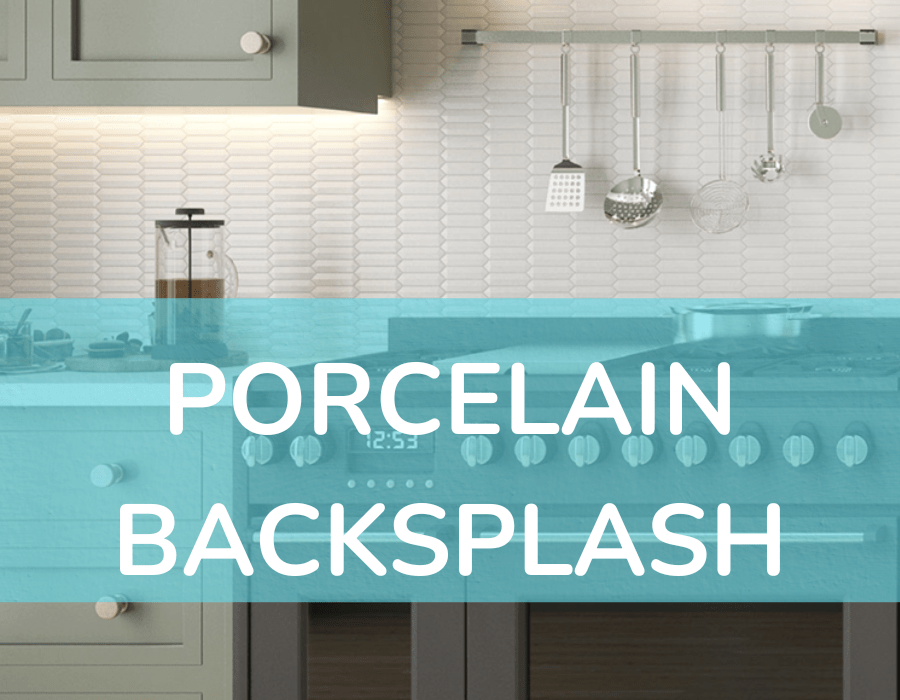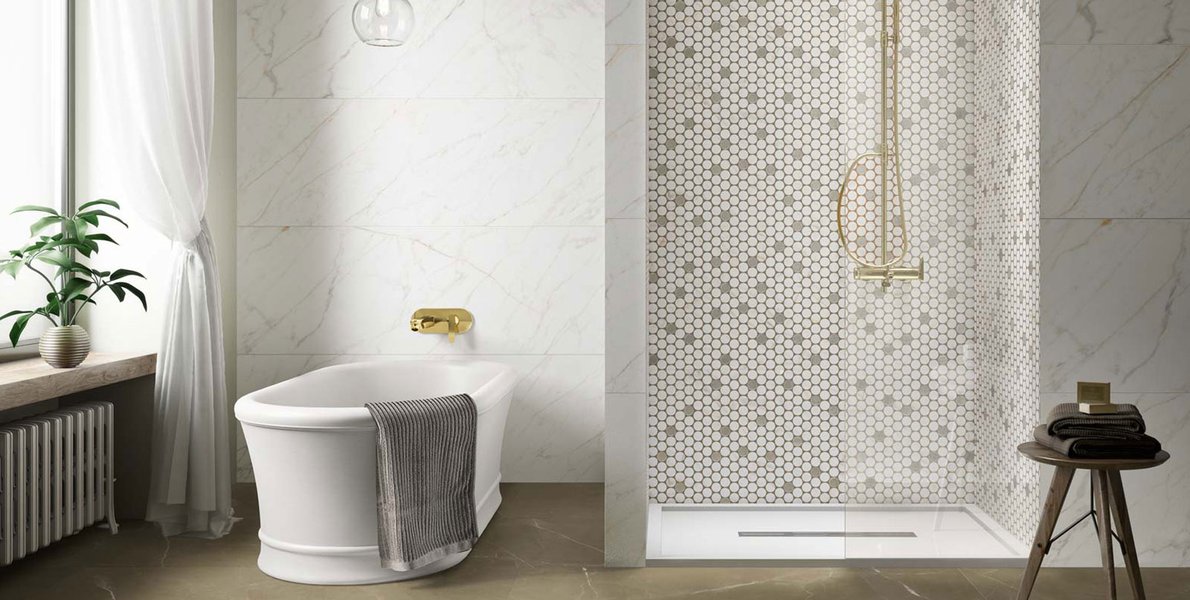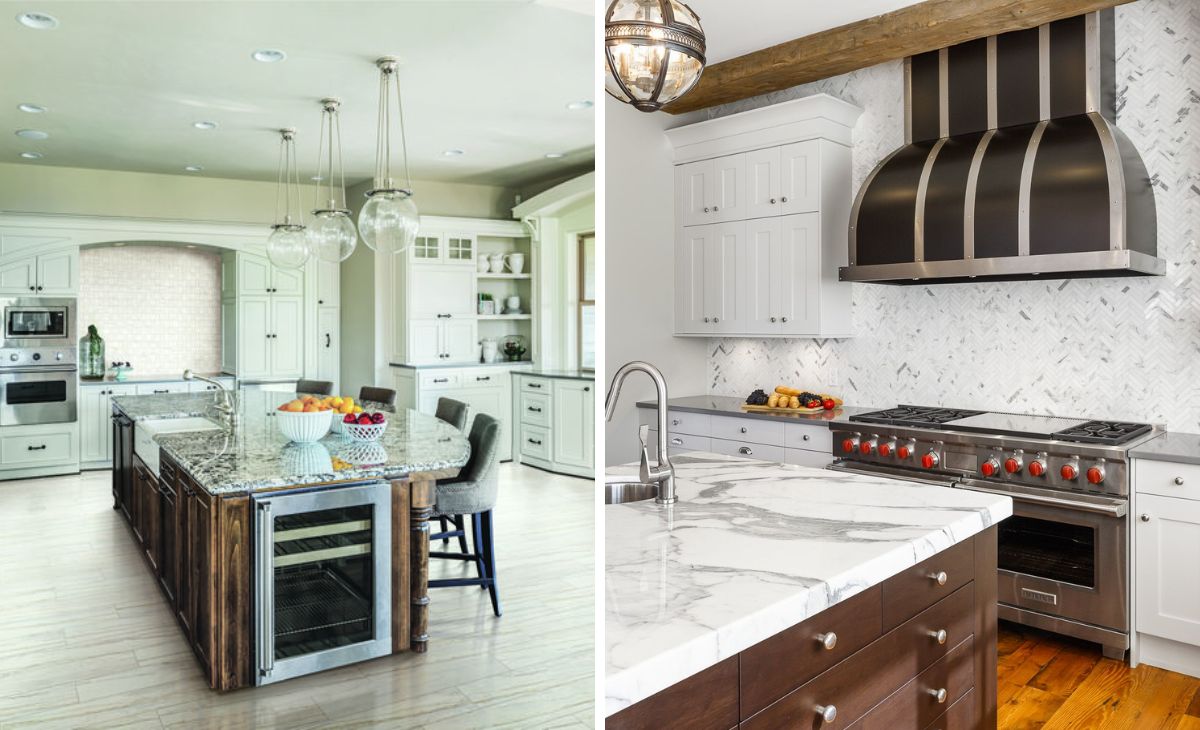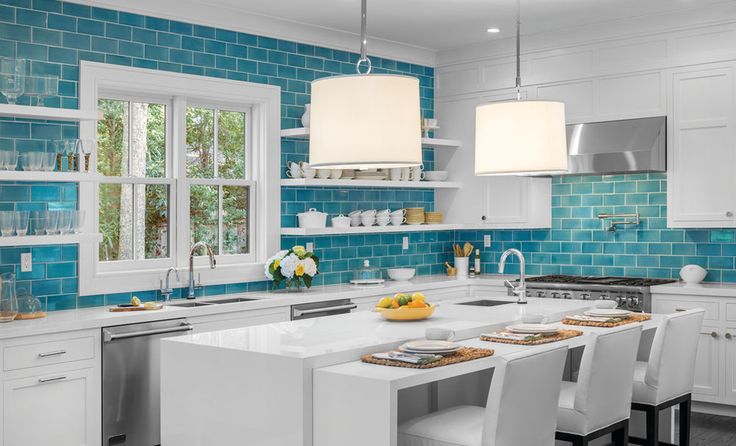
The Role of Grout in Your Kitchen Backsplash Tile Design
When fixing your kitchen, you spend much time picking out suitable cabinets, countertops, and tiles for the wall behind your sink and stove. But many people forget about an important part that helps your wall tiles look and work their best — the grout. Grout is more than a 'paste' that keeps your tiles in place. It also significantly affects how your Kitchen Backsplash Tile will look.
Grout is a mix used in buildings to fill gaps and connect things like concrete pieces. For wall tiles, it fills the space between each tile, keeps them from moving, and gives a finished look. It's usually made from water, cement, and sand, and you can even add color to it. It starts as a thick liquid and then hardens as it dries.

The kitchen is a crucial corner where all the cooking happens. It must be solid and robust to prevent any unfortunate accident. Grout helps the tile to stay durable and reliable for a long time.
Let’s learn the benefits of grout and how it can change the dynamic of your kitchen space.
What Are The Benefits Of The Grout For Kitchen Backsplash Tile?
While grout may seem like filler for your Kitchen Backsplash Tile, it serves several essential but often overlooked roles. First and foremost, grout ensures the durability of the tile with a hint of attractive design that gives a luxurious and durable visual appeal.
Some of the other benefits are as follows:
Structural Stability
Grout helps keep your tiles securely in place. A well-grouted tile wall is less likely to experience tile shifting, cracking, or falling, ensuring that your backsplash remains intact for a long time.
Moisture Barrier
In the kitchen, splashing water, cooking oils, and other liquids are common. Properly applied grout seals the gaps between tiles, providing a barrier that helps prevent these liquids from seeping behind the tiles. This can reduce the chances of mold, mildew, and water damage.
Hygienic Surface
By sealing off the gaps between tiles, grout creates a surface that is easier to clean and sanitize. This is particularly important in a kitchen, where the backsplash may frequently come into contact with food splatters and other potential sources of bacteria.
Visual Cohesion
Though often unnoticed, the color and texture of grout contribute to the overall aesthetic of the backsplash, either complementing or contrasting with the tiles to create various visual effects. It can make bright tiles pop or help muted tones blend smoothly with the decor.
Easier Repairs
If a tile cracks or chips, a well-grouted surface makes removing and replacing the damaged tile easier without disturbing the surrounding tiles. Installing Tiles Glass Mosaic Kitchen Backsplash is often delicate and fragile. But with the correct application of grout, they can be the most reliable option.
Energy Efficiency
Although not its primary purpose, grout can act as an additional layer of insulation, filling in gaps where air might otherwise flow through, thus slightly enhancing your home's insulation efficiency. Grout fills the areas and leaves no room for heat and air. It creates an amicable environment in the kitchen that saves a lot of energy costs.
Longevity
Quality grout can extend the life of your backsplash by providing better adhesion and lessening the tiles' exposure to moisture and temperature variations, which can degrade the adhesive qualities of lesser materials over time.
Aesthetic Versatility
The choice of grout color and type allows you to update the look of your backsplash without changing the tiles themselves. For instance, a dark grout can make a pattern more dramatic, while a light or matching grout can create a more unified, seamless look.
Understanding these benefits can help you make a more informed decision when selecting grout for your kitchen backsplash tile. It's not just about filling in the gaps. It's about enhancing your kitchen space's function and form. Learn more about grout and its marvels now!
Steps To Choose A Perfect Grout Color For Your Backsplash Tiles For Kitchen
Choosing the suitable grout color for your tile project, especially for something as prominent as a kitchen backsplash, is a crucial decision that can significantly impact the final appearance. Grout color can blend in with your tiles for a seamless look or sharp contrast to make a statement.
Below are some steps and tips to help you pick the perfect grout color.
Step 1: Consider Your Tile Color
The color of your tiles is the most obvious starting point when selecting grout color. You'll want to decide whether you want the grout to stand out or blend in. Make sure to have a tile sample when you go grout shopping.
Step 2: Think About the Overall Aesthetic
What's the vibe you want for your kitchen? A modern, minimalist kitchen might benefit from a grout color that blends effortlessly with the tile, whereas a more traditional or vintage kitchen could look great with contrasting grout.
Step 3: Test Multiple Colors
Many home improvement stores offer small grout samples. It's wise to test multiple colors in a small, unnoticeable area or even on a loose tile to see how they look next to your chosen tile and under different lighting conditions.
Step 4: Consider the Size of Your Tile and Grout Lines
Grout lines that are wider might make the grout color more noticeable. The color might not be as significant in your overall design if you have thin grout lines. For kitchen backsplash tile, it is advisable to use light colors with broad lines as they make the kitchen brighter.
Step 5: Think Long-Term
Trends change, but your grout will be in place for many years. Neutral colors like grey, beige, and white are classic choices that tend to age well. Backsplash Tiles for Kitchen is a one-time investment, so choosing a grout color that will not go out of trend quickly is necessary.
Step 6: Keep Maintenance in Mind
Light-colored grouts are more prone to showing stains and dirt, whereas darker grouts are more forgiving. If you are concerned about upkeep, avoid whites and very light shades, especially in areas prone to spills or dirt.
In summary, grout is the missing puzzle piece in your Kitchen Backsplash Tile design that you can't afford to overlook. It offers structural support and protection against moisture and substantially impacts the visual outcome of your kitchen backsplash. Whether you choose a grout that blends in or stands out, understanding its role and attributes will help you make informed decisions that you'll be happy with for years to come.
If you want to revamp your kitchen with quality backsplash tiles, visit Tiles and Deco now!
FAQs
Why do we need grout when installing backsplash tiles for kitchen?
Grout is used to fill the empty spaces between kitchen tiles. It helps keep the tiles in place and stops them from breaking at the edges.
What type of grout is best for my glass tile kitchen backsplash?
People often use sanded grout for glass tiles because it's strong and fits most situations. It has tiny sand particles in it that make it sturdy.
What is the best material for a kitchen backsplash?
Porcelain Tiles and natural stones are solid and last a long time. They resist heat and water and are easy to clean. Many people prefer using them because they stay in good shape for many years.




